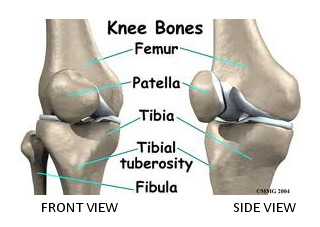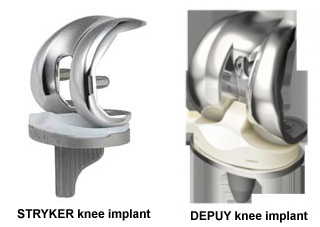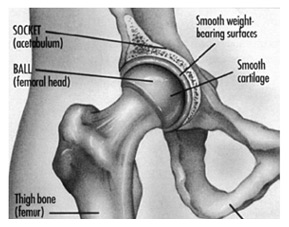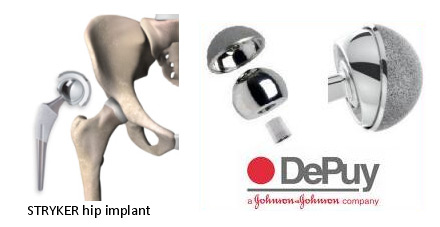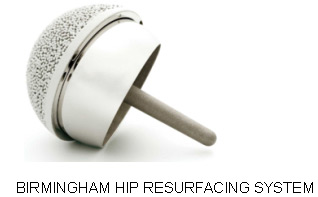- Arthrodesis
- Anterior Cruciate Ligament Surgery
- Post traumatic deformity correction
- Congenital deformity correction
- Osteotomy
- Ortho-oncology
- Carpal Tunnel Release
- Arthritis
- Swellings like Ganglions,giant cell tumors of tendon sheath
- Tendon repairs, grafts and transfers
- Toe-transfers
- Complex Fractures; Non-union, Infectious
- Synovectomy
( This is a partial list. Please Enquire for the procedure you need and we will respond! )
Spine Decompression Surgery in India
This procedure is performed when nerve roots in the spine get pinched on account of pressure from the bone over the nerve root, by a herniated spine disc, or more rarely, on account of a spine tumour During the surgery, which can be performed either as a microsurgery or as an open surgery (laminectomy), the source of the pressure (the bone for example) on the nerve root is removed surgically
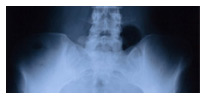
Spine Fusion Surgery in India
This surgery is performed to restore stability to the spine after injury, infection or spine tumour removal. In this procedure, usually lasting a couple of hours, small pieces of bone grafted from the patient's hip are used to fuse the affected vertebrae in the spine with the ones next to it. This fusion of vertebrae provides stability to the spine. Fusion takes place with the growth of bone matter across the vertebrae This is a natural process and takes time In the interim, stability is introduced by using metallic implants to join the vertebrae.

Discectomy Surgery in India
This is a surgical procedure in which the central portion of a herniated spine disc, which is causing pain by impacting on the spinal cord, is removed. This spine surgery is performed in India through traditional open surgery as well as through more modern methods such as microdiscectomy, endoscopic discectomy, etc.
Spine Disc Replacement Surgery in India
Artificial spine disc replacement is a new alternative to traditional spine fusion surgery which has been the standard treatment for degenerative spine disease that wears out the discs in the spineWith the availability of durable discs, disc replacement surgery has become viable This new procedure allows preservation of motion flexibility, restores the disc height to pre-degenerative levels and ensures even distribution of stress along the length of the spine.
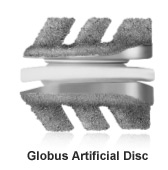
Endoscopic Spine Discectomy Surgery in India
This is a minimally invasive surgical procedure in which a small endoscope is introduced through a tiny incision in the back The endoscope probe is guided between the vertebrae and to the herniated disc space by x-ray fluoroscopy and magnified imaging Using microsurgical instruments, the surgeon can remove sections of the disc, push back a prolapsed disc etc Some hospitals even do this as an outpatient procedure.
Scoliosis Spine Surgery in India
Surgery is done where the curvature is more than 40-50 degrees, and can reduce the abnormality of the curve by up to 50%. Complex spine fusion is needed in such cases and involves bone grafts and special metallic spine instrumentation A metallic rod, hooks and screws are introduced to correct the curvature while the newly grafted bone is meant to fuse with the existing bone structure and ensure spine rigidity.
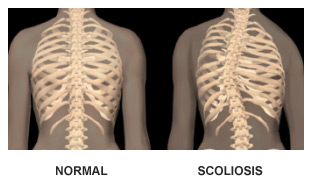
Surgery for Spina Bifida
Spina Bifida means a cleft spine It is a birth defect in which there is a cleft or a split opening, on the backbone In some cases, the spinal cord is also affected Surgery for Spina Bifida involves covering of the opening across the spinal cord with muscles and skin that are grafted from the patient's body Further to this surgery, some patients will also require treatment for tethered spinal cord and hydrocephalus. It is now also possible to perform surgery for Spina Bifida prior to birth, when the foetus is still in the womb
Spine Tumour Surgery in India
Spine tumours may need to be removed surgically if they cause compression of the spinal cord or the nerve roots. The objective of the surgery would be to remove the tumour completely without weakening the structure of the spine. With the availability of microsurgical techniques and magnified imaging, it is now possible to confirm, during the surgical procedure, whether the tumour has been removed fully. This greatly improves the outcome of surgeries for removal of spine tumours. In some cases, owing to the location of the tumour, it may still not be possible to remove it in its entirety. In such cases other modes of treatment, such as radiotherapy, may be employed to complete the treatment
Microscopic Spine Surgeries in India
As in other branches of surgery, spine surgery is also witnessing an increasingly larger number of minimally invasive/microscopic surgeries in place of traditional, open surgeries involving relatively large incisions. This has been made possible because of innovations in medical imaging, the invention of microsurgical instruments for neuro navigation, etc. Surgical robots, such as the da Vinci Robot, are already being used to carry out spine fusion surgeries on the lower lumbar and sacrum regions of the spine through incisions made in the abdomen. Some of the microscopic procedures that are commonly performed in India are spine fusion, laminectomy and Posterior Cervical Foraminotomy
( This is a partial list. Please Enquire for the procedure you need and we will respond! )



